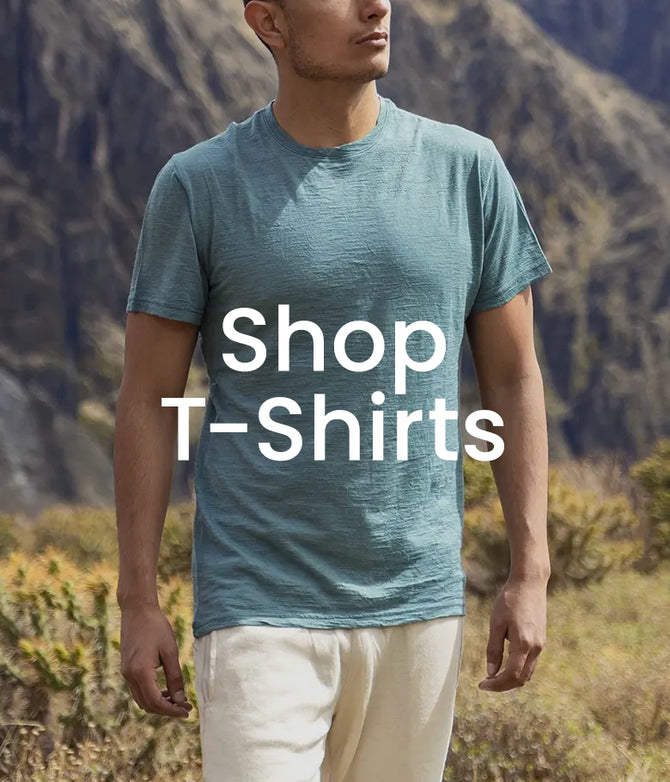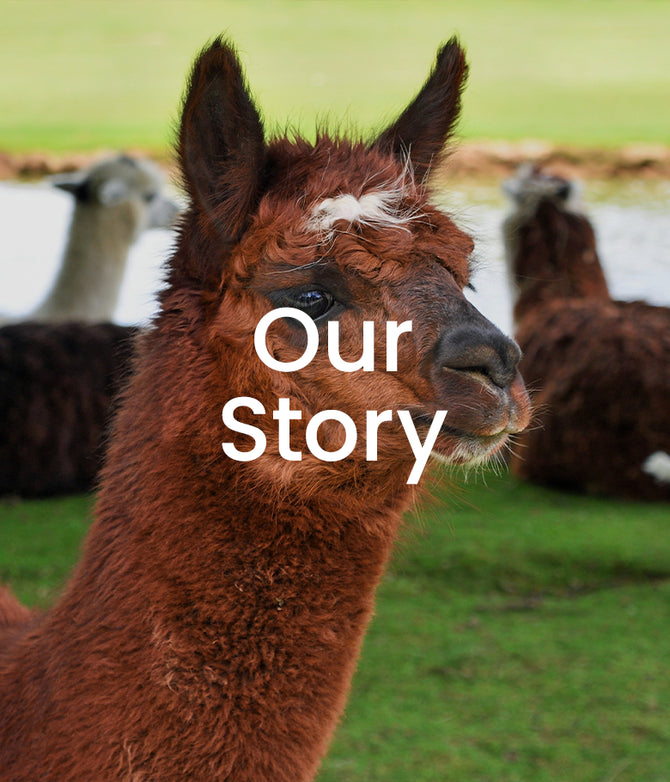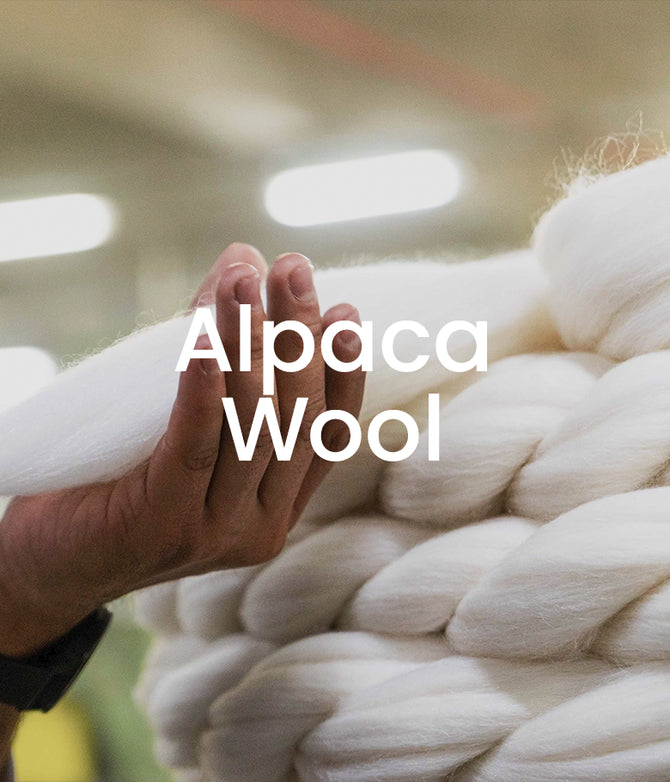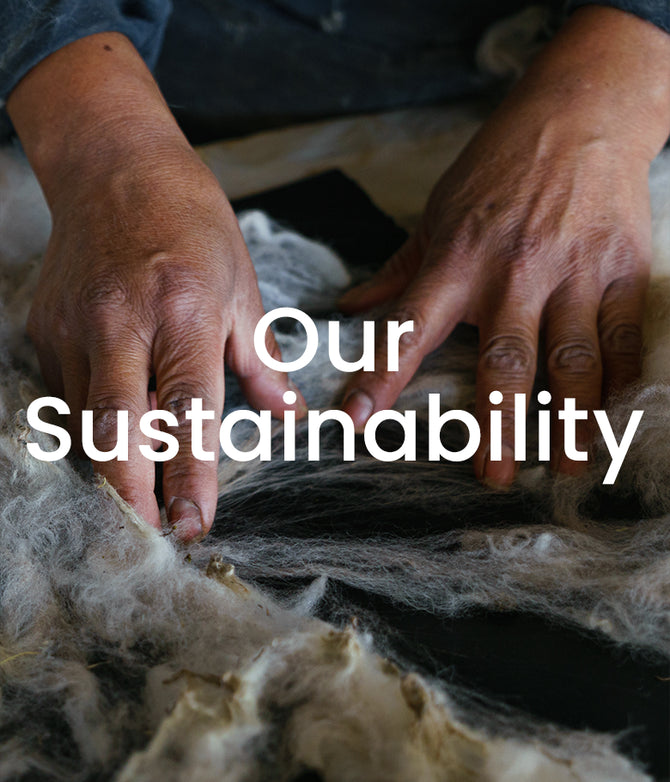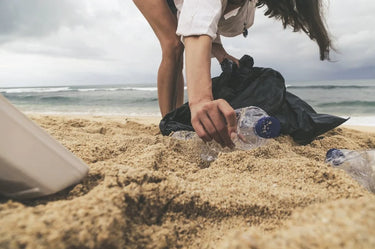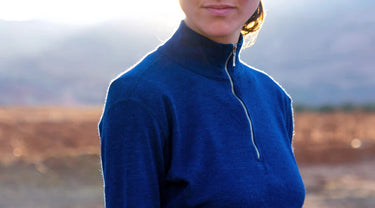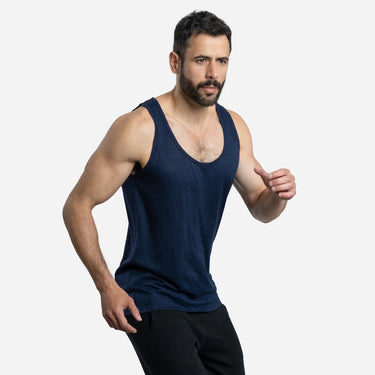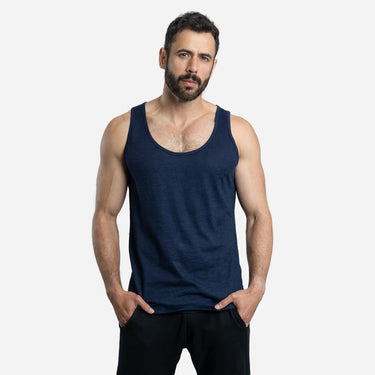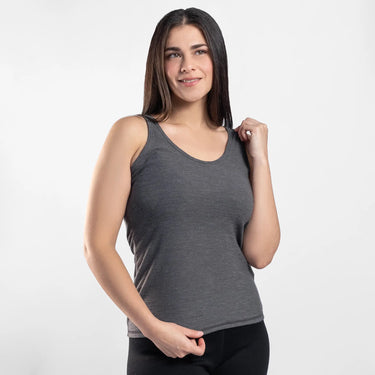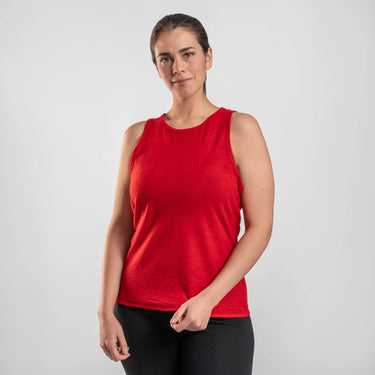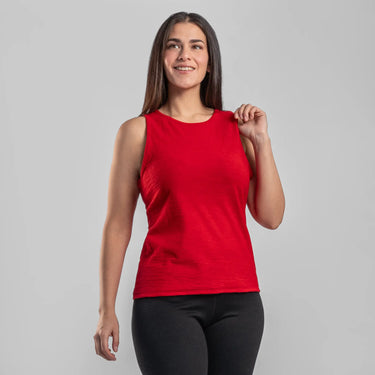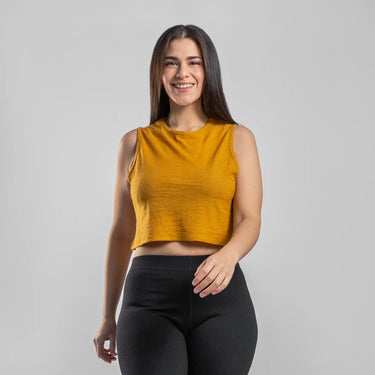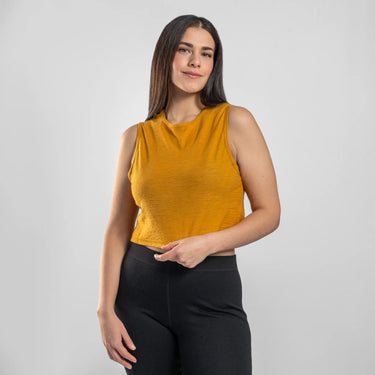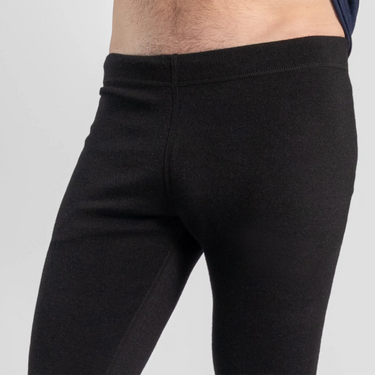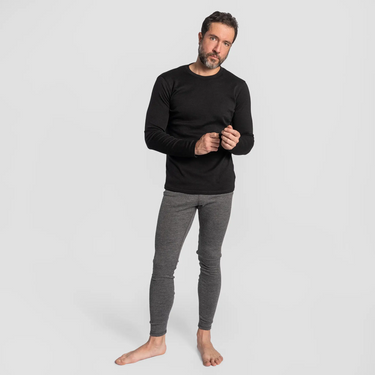Published July 16, 2025
Reading time: 6 minutes
By Jordy Munarriz
| Feature | Alpaca Wool | Synthetic Fibers |
| Source | Renewable (Alpaca) | Fossil fuels (Oil) |
| Biodegradable | Yes (Months) | No (Centuries) |
| Odor Resistance | Natural | Requires chemical treatments |
| Moisture Management | Wicks + Breathes | Often traps sweat/odor |
| Plastic-Free | 100% | 100% plastic-based |
| Microplastic Shedding | None | High |

Jordy Munarriz
Environmental Engineer with a master’s degree in renewable energy and a specialization in sustainability. A passionate traveler and advocate for responsible tourism, he captures the essence of exploration through storytelling, inspiring others to connect with nature in a conscious and meaningful way.
References:
[1] Heidbreder LM, Steinhorst J, Schmitt M. Plastic-Free July: An experimental study of limiting and promoting factors in encouraging a reduction of single-use plastic consumption. Sustainability. 2020;12(11):4698. doi:10.3390/su12114698
[2] Deutsche Welle. Julio sin plástico: América Latina se une a la campaña mundial para reducir el uso de este material [Internet]. 2025 Jul 11 [cited 2025 Jul 15]. Available from: https://www.dw.com/es/julio-sin-pl%C3%A1stico-am%C3%A9rica-latina-se-une-a-la-campa%C3%B1a-mundial-para-reducir-el-uso-de-este-material/a-73246540
[3] UNRIC. From petroleum to pollution: the cost of polyester [Internet]. 2024 Dec 17 [cited 2025 Jul 15]. Available from: https://unric.org/en/from-petroleum-to-pollution-the-cost-of-polyester/
[4] Napper IE, Thompson RC. Release of synthetic microplastic fibres from domestic washing machines: Effects of fabric type and washing conditions. Mar Pollut Bull. 2016;112(1–2):39–45. doi:10.1016/j.marpolbul.2016.09.025
[5] Hernandez E, Nowack B, Mitrano DM. Polyester textiles as a source of microplastics from households: a mechanistic study to understand microfiber release during washing. Environ Sci Technol. 2017 Jun 20;51(12):7036–7046. doi:10.1021/acs.est.7b01750. PMID: 28537711.
[6] Jambeck JR, Geyer R, Wilcox C, Siegler TR, Perryman M, Andrady A, et al. Plastic waste inputs from land into the ocean. Science. 2015;347(6223):768–771. doi:10.1126/science.1260352
[7] World Economic Forum. Microplastics everywhere: Are we facing a new health crisis? [Internet]. 2025 Feb 19 [cited 2025 Jul 15]. Available from: https://www.weforum.org/stories/2025/02/how-microplastics-get-into-the-food-chain/
[8] Fletcher K, Tham M. Earth Logic: Fashion Action Research Plan. London: JJ Charitable Trust; 2019.
[9] Ellen MacArthur Foundation. A new textiles economy: redesigning fashion’s future [Internet]. Isle of Wight: Ellen MacArthur Foundation; 2017 Nov 28 [cited 2025 Jul 15]. Available from: https://content.ellenmacarthurfoundation.org/m/6d5071bb8a5f05a2/original/A-New-Textiles-Economy-Redesigning-fashions-future.pdf
[10] Wren B. Sustainable supply chain management in the fast fashion industry: a comparative study of current efforts and best practices to address the climate crisis. Cleaner Logist Supply Chain. 2022;4:100032. doi:10.1016/j.clscn.2022.100032
[11] Kilbridge R. From trend to trash: unraveling the waste issue in fast fashion and its impact on Ghana [Internet]. New York: Fordham University; 2025 [cited 2025 Jul 15]. Available from: https://research.library.fordham.edu/environ_2015/191
Latest News
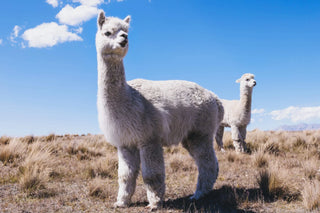
Alpaca Wool for Extreme Weather | Sustainable High Performance Gear
Discover why alpaca wool outperforms Merino in insulation, UV protection, and sustainability. Nature’s ultimate fiber for extreme weather and outdoor wear.
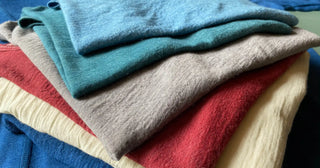
The Colors You’re Wearing: Natural Dyes and GOTS-Certified Colors
Learn about natural dyesfrom the Andes and low impact dyes that bring our alpaca wool to life—biodegradable, skin-safe, and GOTS-certified.
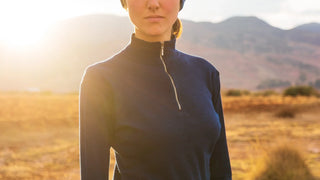
The Art of Layering Clothes: How to Layer for the Outdoors
Learn how to layer clothes for outdoor activities with base, mid and shell layers. Stay warm, dry, and comfortable in any environment.


